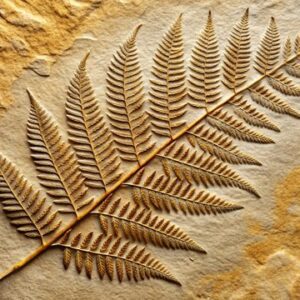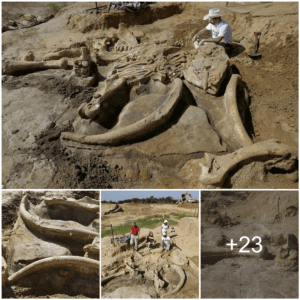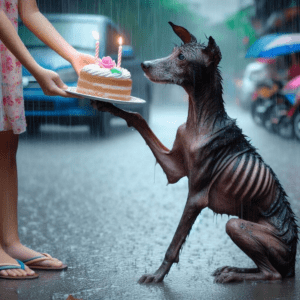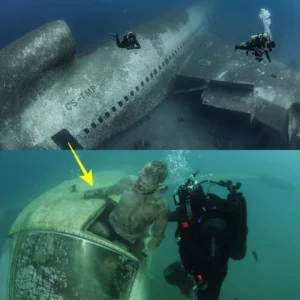Within a meticulously controlled environment in Leymebamba, Peru, over 200 mummies are poised, their hauntingly well-preserved visages capturing an eerie tableau of fear and agony, with some seemingly locking eyes with visitors.

Established in the year 2000, the Leymebamba Museum was specifically inaugurated to house approximately 200 mummies alongside their burial offerings. These mummies were unearthed during a 1997 excavation of Llaqtacocha, a Chachapoya settlement located on the shores of Laguna de los Cóndores, a lake situated about 50 miles south of Chachapoyas.
Perched within the limestone cliffs encircling the lake were a series of chullpas, or tombs. These stone burial structures had remained undisturbed for five centuries until local farmers, inadvertently causing significant damage, began to sift through the funerary site. Fortunately, the Centro Mallqui, a Peruvian cultural association specializing in bio-archaeological remains, intervened to salvage the historical site.

Archaeologists embarked on the task of recovering mummies from Laguna de los Cóndores, shielding them from both inadvertent harm and the more sinister motives of grave robbers known as “huaqueros.” To accommodate the substantial number of mummies, the Centro Mallqui took the initiative to construct an entire museum in Leymebamba, the town nearest to the lake.
Presently, museum visitors traverse the first two rooms adorned with an array of artifacts from the region, showcasing ceramics, weaponry, and decorative items spanning the Chachapoya and provincial Inca eras. The journey unfolds into the third room, where expansive windows unveil a disquieting tableau of the mummy collection. Stretching across the space are hundreds of them—some tightly wrapped, others eerily exposed—mostly seated in the iconic funerary pose with knees raised to their chests and arms crossed.

The scene is deeply unsettling. Certain mummies peer directly at onlookers, their faces frozen in expressions of agony, with the occasional visage so impeccably preserved that it seems poised for a blink. A series of bundled infants also occupy the shelves, their diminutive forms carefully swathed in cloth.
Masterful embalmers, the Chachapoya undertook a meticulous process. They treated the skin, evacuated bodily cavities, and sealed off accessible parts. Subsequently, they entrusted much of the remaining mummification to the cold, arid, sheltered ledges along the lakeside—microclimates that played a crucial role in preserving the organic remains.
Now, within the controlled climate of the museum, these mummies have discovered a new sanctuary. There they sit, clustered together like a forgotten tribe, perpetually silent yet conveying profound narratives to the archaeologists dedicated to their ongoing study.





